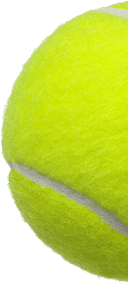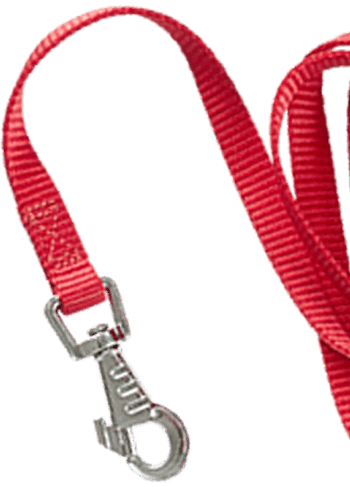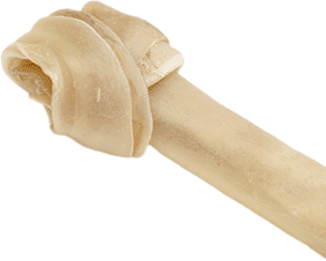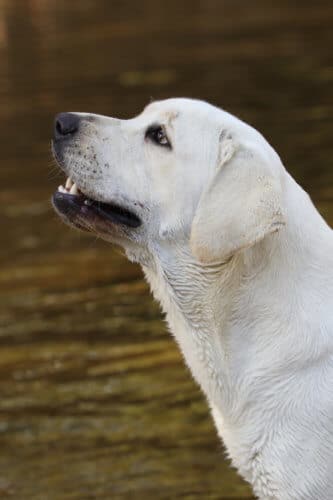


A photo of shaved pets like a Husky, a Labrador, or Pomeranian may be comical because their long coats can be styled into fluffy shapes, but few things will spark outrage from knowledgeable pet owners like the topic of shaving your pets.
The president of the California Professional Pet Groomers Association agrees that these stylistic shaves can be cute and funny. However, she also warns prospective pet owners: it’s better to avoid shaving your dogs if they have “double coats.”
Owners of Labradors imagine that their pets actually enjoy the freedom from fur in the heat of the summer. They also believe that shaving stops their frequent shedding. Neither is true. The fur that makes up Lab coats is not the same as human hair — its function is different, and the fur follicles don’t grow back properly.
This is a failure of pet owners to understand the science behind their pet’s coats. Shaving your Labrador’s fur could cause irreversible change to the quality of their fur. It could also make them uncomfortable. So, the only way to truly curb shedding is frequent grooming. Now it’s time to bust a handful of myths around dog shaving.

Block Headed Labrador
The constant refrain of pet owners who do choose to shave their dogs is that it’s not a big deal: fur grows back. Fur certainly does grow back, but the in-between can greatly irritate your pet. Furthermore, the quality of your dog’s fur changes irreversibly when you shave a double coat.
Labradors are notorious for being shaved, and many pet owners will passionately defend their right to shave their labs. However, the fur of any animal is an extension of their skin. It is an essential mechanism of protection from external factors such as the weather. In fact, Labs will “molt” in response to the changing seasons, and even some off-season shedding in healthy, hydrated coats is inevitable.
Smooth, short hair on your Labrador may fool you into thinking that Labs aren’t breeds that shed heavily. You’d be wrong.
Though Labs shed all year long, their fur will completely blow out twice a year. It’s difficult to pinpoint a specific time, but this is roughly around the summer and winter solstices — June 21st and December 21st.
When Labradors blow their coats, they transition from a thick winter coat to a lighter undercoat meant to keep them cool in the heat. Conversely, in the fall, leading up to the winter, their undercoat blows out once more to make way for a warmer undercoat. It’s during these times that you may experience a high amount of fine fur along your clothes, coats, furniture, bedding, drapes, couches, and more.
Like a host of other double-coat dog breeds, Labradors have two layers of fur or hair. The primary, top layer (known as a top coat) is more wiry and rough or abrasive to the touch. Under this second, softer undercoat, there is a layer of fine hairs that run very close to the skin. The undercoat provides a fantastic summer cooling mechanism and winter insulation.
In essence, the undercoat is protection, and when you shave your Lab, you strip them of this vital protection.
The fur or hair of a double coat also helps move vital oils across your Lab’s skin. Each hair follicle is attached to a muscle known as erector pili, which raises and lowers the hair in an ingenious natural ventilation system.
When you shave a double coat, you risk breakage of the erector pili, and this diffuses your Labrador’s natural ability to cool and warm itself effectively. Worse still, you could risk pulling back the follicle and opening it up to exposure through shaving. This is a prime gateway for bacteria or fungus to slip inside the skin.
For breeds like Labradors, a double layer of dog fur is a good thing. Here are a few things that may help you appreciate how nature has helped your pup evolve perfectly:
When an undercoat grows back, it’s prickly, heavier, and rough. Instead of the soft layer of fine hairs that once coated your Lab’s skin, this new, shorter coat can irritate your Labrador. Like many owners of similar double-coat breeds, your pet’s coat could be irreversibly damaged.
Primary or topcoats protect the undercoat while the undercoat protects the skin. Both layers are controlled by muscles that move the hair follicles up and down. Using these hair follicles, air moves through the primary and secondary coats.
When you shave both layers, the quality of the fur that grows back is not as effective at conveying air in this natural cooling system. You could find that your pet’s breathing is heavier and more labored on walks because their natural cooling system is interrupted.
Undercoats insulate a Labrador against cold weather. It’s why many Labs are such avid swimmers — they simply don’t feel the chill of the water.
However, when you shave a double coat, you expose your dog’s skin to harmful UV rays because the hair shaft of fur holds melanin. Melanin is crucial to protecting the skin from sunburns and the effects of UV rays. Once you shave your dog’s fur, you effectively eliminate their natural protection.
The logic behind an owner’s decision to shave is very linear: Fur is the source of shedding, and fur holds dander. Increased shedding during the summers and winters can trigger allergies, so an owner might conclude that shaving and “airing out” a dog’s fur will eliminate hiding places for dander.
In fact, the reverse is true. While allergens inevitably become airborne during your Labrador’s natural shedding process, shaving its fur will actually expose you to even more of these irritants. That’s because undercoats actually trap pet dander, and shaving these coats allows these potential allergens to roam free.
The truth is that you may consider shaving to be “help” for you and your home’s cleaning routine. But your Lab doesn’t feel the same way. The only solution to shedding is proper grooming.
Regularly grooming and brushing your Labrador’s fur may be time-consuming, but it has several demonstrable benefits. It reduces the amount of fur your Labrador will shed at home. It also helps to distribute natural oils across his fur, making it shinier and healthier over time.
Tom,
I am not sure how old this blog is but thank you for it. I just learned about not shaving double coats through a fabulous educator, Jennifer Bishop-Jenkins. She taught us about the 15 different coat types and did an entire class on what not to shave. I took her class, then found your article…BOOM
I have been given this out to my clients. It has been so helpful. Thank you.
Today I had a lady with her lab come into my spa and just lost it. We HAD been shaving the lab, my groomers didn’t know, and now we are not, I calmly tried to let her know the why. That I want to help her dog and her coat and skin. No way was she in agreement. I still gave her your blog post. Thank you for giving out such a great tool.
Happy Labbing
Comment by Kristina Robertson on November 25, 2020 at 4:40 pmWe are so glad this helped you!!
Comment by Tom Massey on November 27, 2020 at 12:08 pm